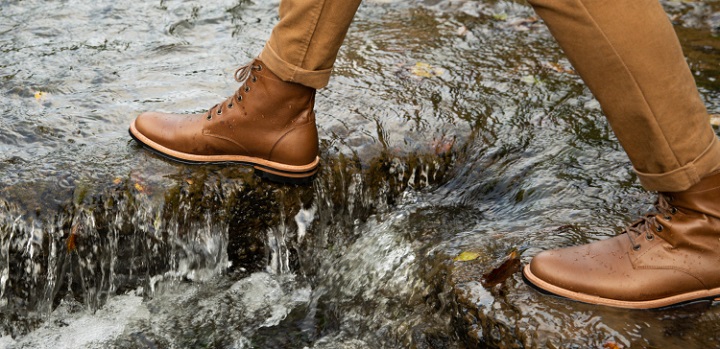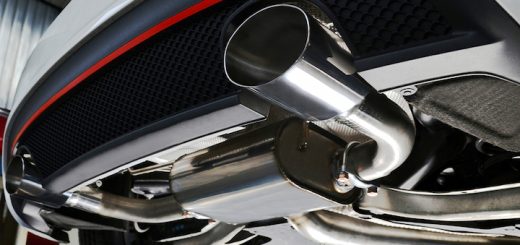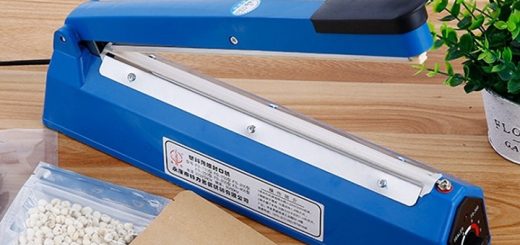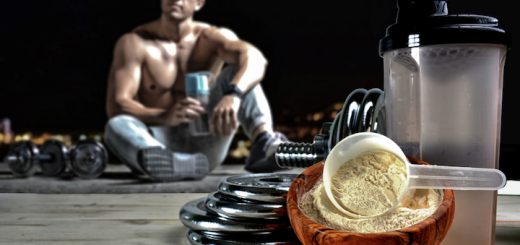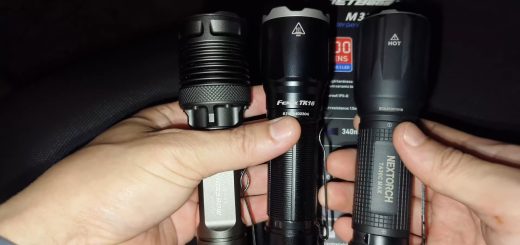Different Types of Water Filters and Their Purpose
Water, as you know, is one of the most important natural elements on Earth for all living beings, including humans. It covers 71% of the planet’s surface and makes up as much as 75% of the human body.
As such, it is important for a lot of things, like farming, science, medicine, transportation, heating, leisure, food processing, and washing, but drinking is probably the most important of them all. And when in doubt, using a water filter can save your life. So, the following are the few basic types of filters you should consider depending on the circumstances you’re in.
Mechanical
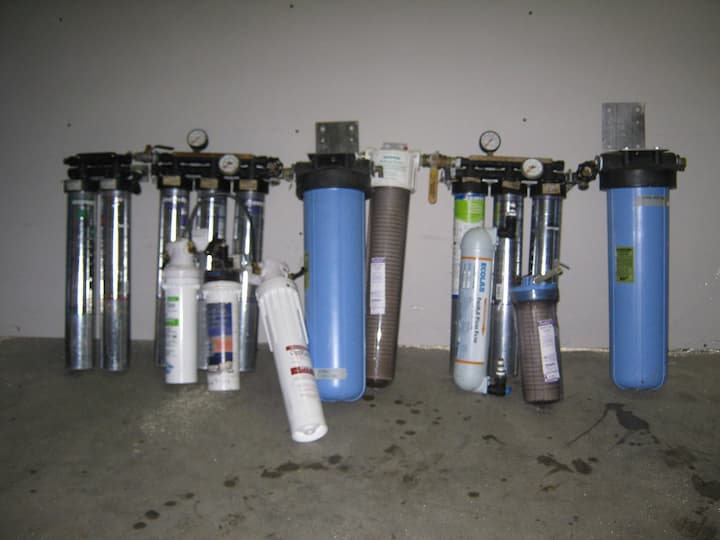
The idea behind mechanical filtration is to use a divider to directly remove sediment, dirt, or other particles from the water. Mechanical filters can be anything from a simple mesh that gets rid of big pieces of trash to a ceramic filter with a very complicated hole structure that gets rid of pathogens that are very small.
If a filter uses mechanical filtration, it will generally have a micron number that shows how well it works in terms of the size of the particles it can remove. You might see the following different ratings on the mark:
- 5 microns: Most particles that can be seen with the human eye will be taken out.
- 1 micron: This will get rid of bits that are too small to see without a microscope.
- 0.5 micron: Here bugs (like giardia and cryptosporidium) will be taken out.
Absorption
Most of the time, carbon, which is very good at catching contaminants in water, does the absorption in water filters. Carbon is so good at absorbing impurities because it has a huge internal surface that is full of nooks and holes that can trap chemicals like chlorine.
The portable water purifier for backpacking commonly used by hikers and multiple-day campers and adventurers removes dangerous germs and viruses from water by using either active carbon or charcoal. In some cases, there are also other unique systems in place. Carbon block elements, which are usually more effective and usually have a micron grade for how well they remove particles, are used in higher-grade filters.
If you understand the basics of the different ways water can be filtered and how they can be mixed, it will be easier to figure out what kind of filter you need for a given situation, whether it’s a camping water filter for your backpacking adventures or one for your home.
Sequestration
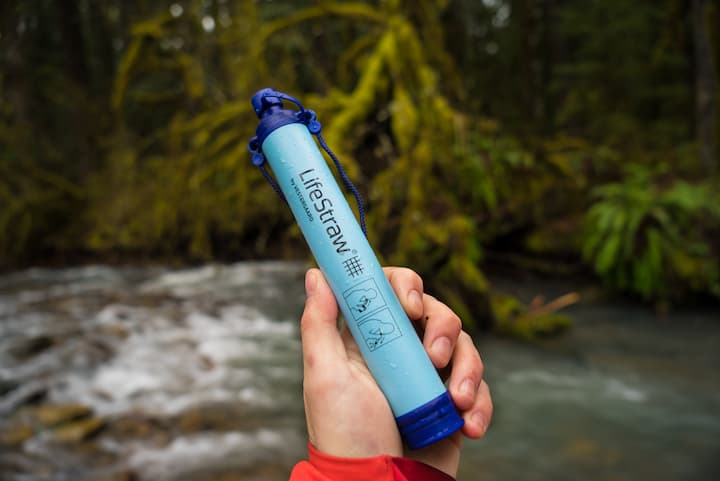
The process of chemically segregating substances is known as sequestration. Scale-preventing screens frequently use food-safe polyphosphate to prevent the calcium and magnesium minerals that cause limescale and corrosion from passing through.
However, polyphosphate is typically added in very minute quantities, and it does not eliminate scale; it merely slows its accumulation. This indicates that polyphosphate does not soften the water. Instead, it maintains the minerals in solution, preventing them from forming scale on surfaces they contact.
Due to the presence of stony minerals in the water, scale inhibition is not always the best option. In places with extremely hard water (water with a pH level of 180ppm or higher) or where the water is maintained at a constant temperature of 95°C or higher, an ion exchange process is frequently used to neutralise the water.
Ion Exchange
Ion exchange water purifier for backpacking or other outdoor activities and uses is one that functions based on a method for softening hard water by exchanging magnesium and calcium ions for sodium or hydrogen ions. Ion exchange, unlike scale inhibition, eliminates refractory minerals. This eliminates limescale and makes the water suitable for applications requiring a constant high temperature, such as industrial coffee machines.
Typically, an ion exchange material, which resembles small crystals, is utilised for ion exchange. Some water softeners utilise a comparable resin. Resin in a water softener utilises sodium ions, which must be replenished periodically to prevent the resin from becoming ineffective. Since water filters typically contain sealing devices, you would purchase a replacement. Calcium Treatment Units (CTUs) can be returned to their source and regenerated.
The law limits the quantity of salt (sodium) that can be in drinking water to 200 mg/L, so most drinking water filters do not use resins that utilise sodium ions. Since sodium ion exchange elevates the salt level, ion exchange plastic based on hydrogen should be used in place of filters.
Reverse Osmosis
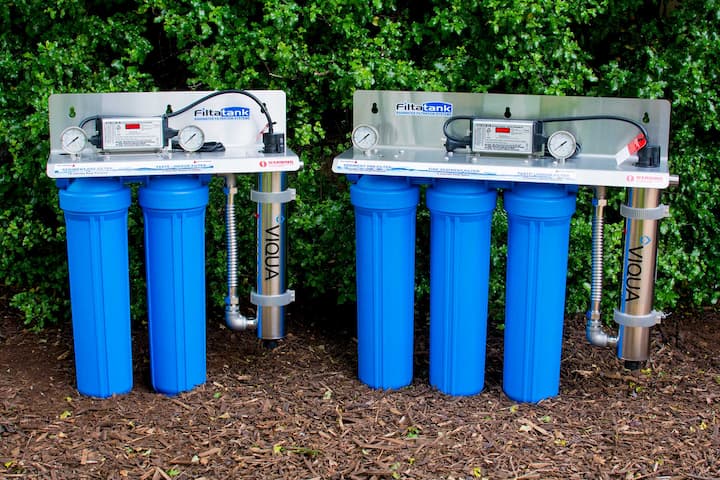
Reverse osmosis (RO) is the process of eliminating dissolved inorganic solids (such as magnesium and calcium ions) from a fluid by forcing it through a semipermeable membrane while applying pressure so that the water passes through but the majority of contaminants remain behind. This process is a highly efficient method for purifying water.
Typically, it is used in conjunction with a number of different filters, such as a mechanical (sediment) filter and an absorbent (activated carbon) filter, to return water with minimal impurities. Reverse osmosis systems force water through a membrane using water pressure, so they do not require electricity.
However, they do produce some effluent that must be drained. Due to the additional filters required for multi-stage water filtration, reverse osmosis systems can be pricier than other filtration methods. However, when 99.9% purified water is required, RO offers the highest level of available filtration and is increasingly used to treat coffee water.
Combination
Because each filtration method can only get rid of certain things, most water filters or filtration systems use a mix of methods to get the water to a certain level of cleanliness. Household water jug filters, for example, usually use mechanical, absorption, and ion exchange. Inline filters, on the other hand, use mechanical and absorption. Depending on how many steps a RO system has, it can use mechanical, absorption, or, of course, reverse osmosis for your water purifier backpacking needs.


